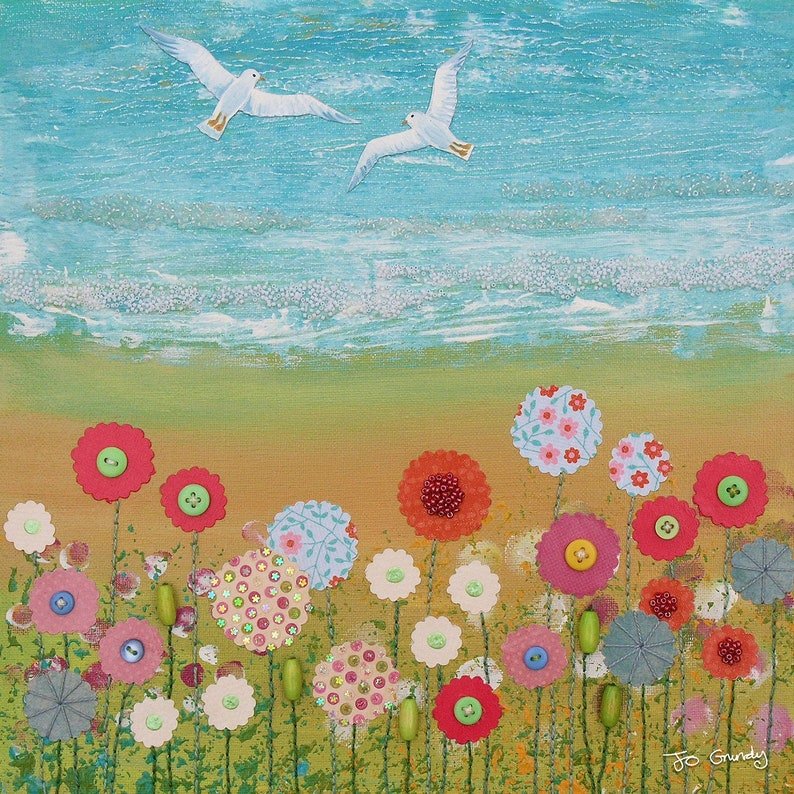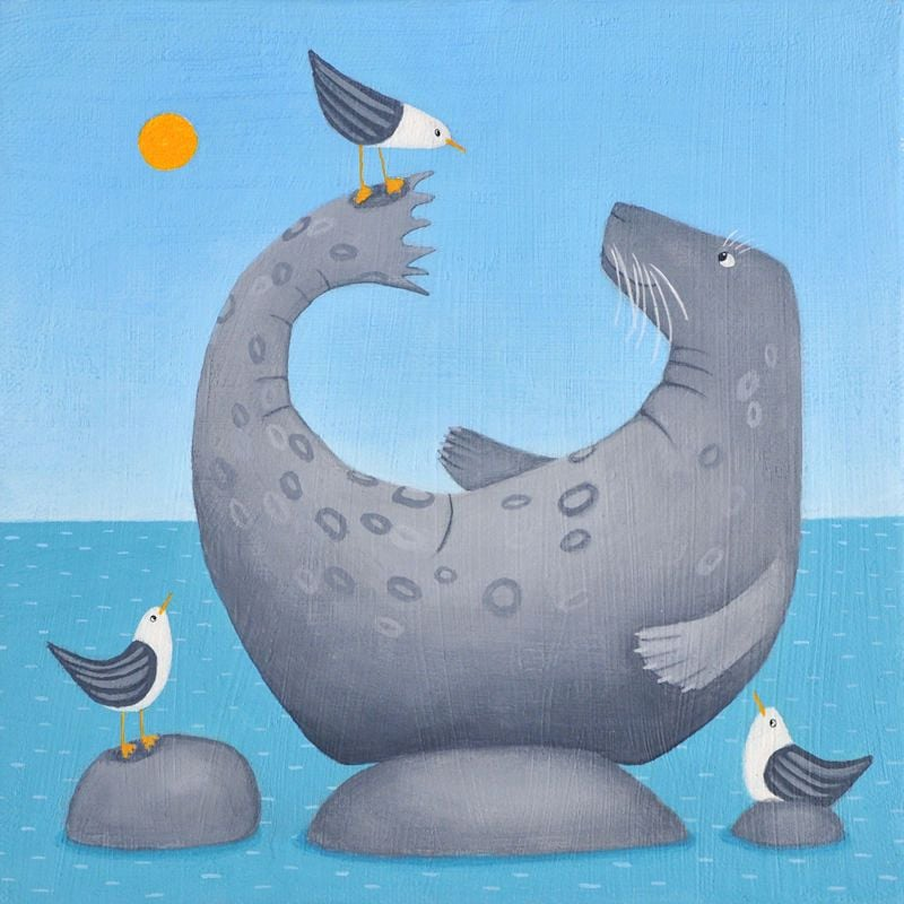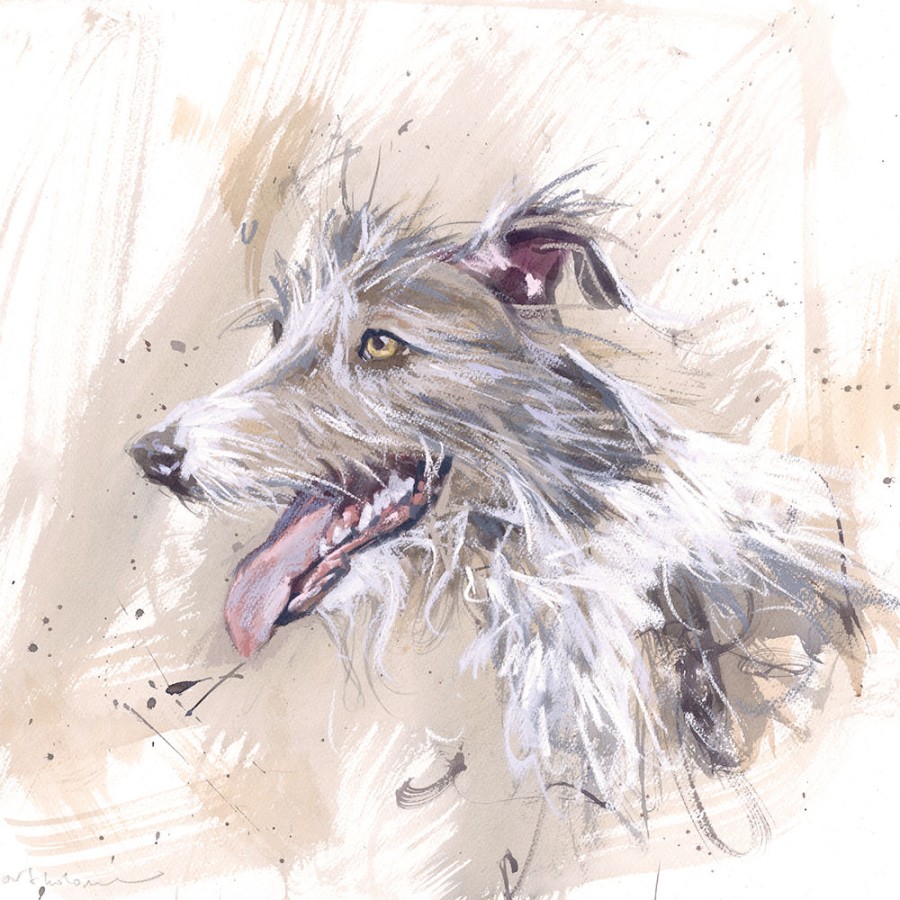Patch of the Planet’s 10-Step Nature Gardening Course

If you like growing food or flowers but also want to help our native birds and wildlife, then download Patch of the Planet’s self-paced course 10 Steps to a Nature Garden. By a couple of ecological gardeners, who know everything there is to know about pollination, insects and wildlife-friendly gardening!
Before running their permaculture and wildlife-friendly gardening courses in Wales, this couple used to design ecological gardens for clients in England.
The couple blend an experience of environmental campaigning with extensive knowledge of fruit trees and orchards (one is the brother of environmental/spiritual writer Paul Kingsnorth).
Between them, there’s nothing they don’t know about growing a beautiful garden, and protecting all the life that lives within it, from native mammals to tiny insects!
Use no-dig gardening (and avoid netting) to help wildlife (and ensure ponds have sloping sides). Also read our post on pet-friendly gardens.
Tips for Wildlife-Friendly Gardens
Here are a few simple tips you can use from today, to create a nature/wildlife-friendly garden!
Let Part of Your Lawn Grow Wild
Cutting the grass less often lets wildflowers pop up, to feed insects and pollinators. Leave a section of lawn un-mowed in spring and summer (even a small area can help local wildlife). Read our post on organic lawns.
Swap Exotic Plants for Native Species
Local plants support local wildlife better than foreign ones. Choose wildflowers, shrubs, and trees that grow in your area. They offer food and shelter for birds, insects, and even tiny mammals.
Add Log Piles and Stone Stacks
Logs and rocks create perfect hideouts for bugs and small animals. Place a pile of sticks or logs in a shady corner, or stack stones in a sunny spot.
Over time, these piles become homes for beetles, worms, frogs, and slow worms. Watching them brings a new charm to your garden.
Make a Small Pond or Water Feature
Water draws in frogs, newts, birds, and insects. Ensure they have sloping sides, for easy entry and exit for wildlife. And place a few large stones in shallow ponds or bowls, to create safe landing spaces for bees and butterflies.
Avoid tap water with chemicals – a child/pet-friendly water butt that recycles rainwater is best. Read our post on wildlife-friendly ponds.
Create Wildflower Patches or Meadows
Wildflower patches add bright colour and attract bees, butterflies, and moths. Clear a piece of grass, then scatter a mix of native seeds. Avoid pet-toxic wildflowers, if you live with animal friends.
Wildflower meadows need poor soil, so don’t add compost (this encourages grass to compete). Cut back yearly in late summer.
Leave Leaf Litter and Deadwood
Don’t clear all dead leaves in autumn. A layer of fallen leaves is shelter for hedgehogs, frogs, insects, and worms. Dead branches left lying enrich your soil as they rot and provide insects with nesting spots.
Also read our post on how to make your own compost (this is important, to avoid over acidic heaps that could harm compost creatures).
Hedges Instead of Fences
If possible, swap a plain wooden fence for a living hedge, using native shrubs like hawthorn or hazel. Hedges give birds safe nesting places and act as corridors, letting animals travel safely from garden to garden. Plant your hedge in autumn or early spring for the best results.
If you have to use wooden fences, read our post on how to help endangered hedgehogs (includes tips on ‘hedgehog highways’ that let our spiky friends move safely from garden to garden at night).
Ditch Chemicals and Fertilisers
Pesticides and weedkillers can harm bees, butterflies, and birds. Let nature handle unwelcome visitors (ladybirds will handle aphids, and many birds and wildlife eat other creatures. Also read our post on kind slug and snail deterrence.
You can bin empty chemical bottles. For half-full ones, your council depot can advise on how to dispose of (usually at the tip’s toxic waste disposal).
Create Safe Havens for Garden Birds
Read our post on creating safe havens for garden birds. This includes:
- Keep cats indoors at dusk and dawn, when birds are likely feeding (avoid wooden posts on bird tables that they could climb up).
- Never give garden birds stale, mouldy or crusty bread (nor buttered bread, as fat can smear on feathers, affecting weatherproofing and insulation).
- Never use brightly-coloured or tin bird houses (can overheat and attract predators).
- Turn indoor lights off when not in use (avoid facing indoor plants to outside gardens). Read more tips to stop birds flying into windows.






